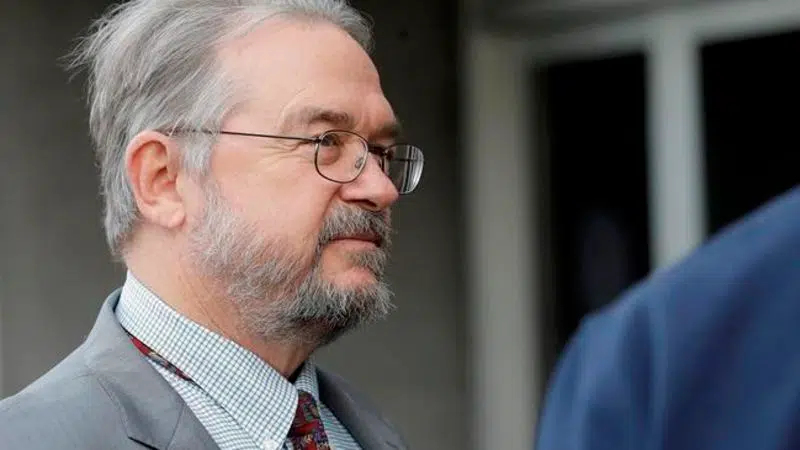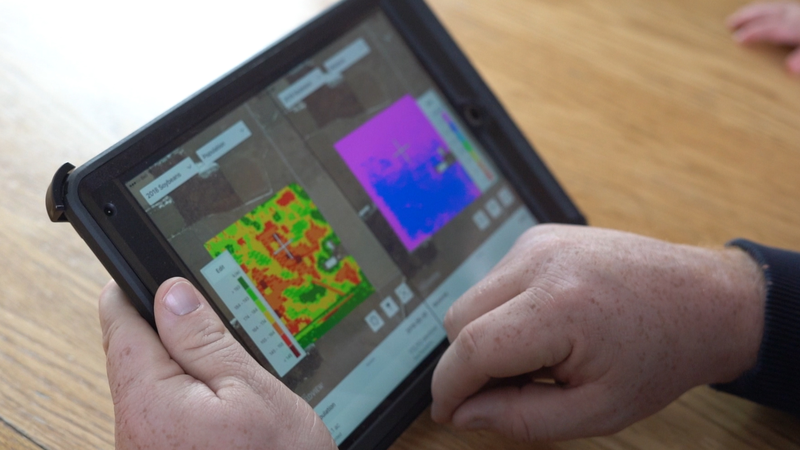
After bankruptcy, PG&E headed back to court over wildfires
SAN FRANCISCO — Pacific Gas & Electric Co. will be back in a U.S. courtroom a day after declaring bankruptcy, as it tries to convince a judge not to order dramatic steps to try to prevent its equipment from causing more wildfires.
U.S. Judge William Alsup is scheduled to hear arguments Wednesday on his proposal earlier this month that the nation’s largest utility remove or trim all trees that could fall onto its power lines in high-wind conditions and shut off power at certain times regardless of the inconvenience to customers or loss of profit.
Alsup is overseeing a criminal conviction against PG&E on pipeline safety charges stemming from a deadly gas line explosion in the San Francisco Bay Area in 2010. The measures the judge has proposed would be part of the utility’s probation.


